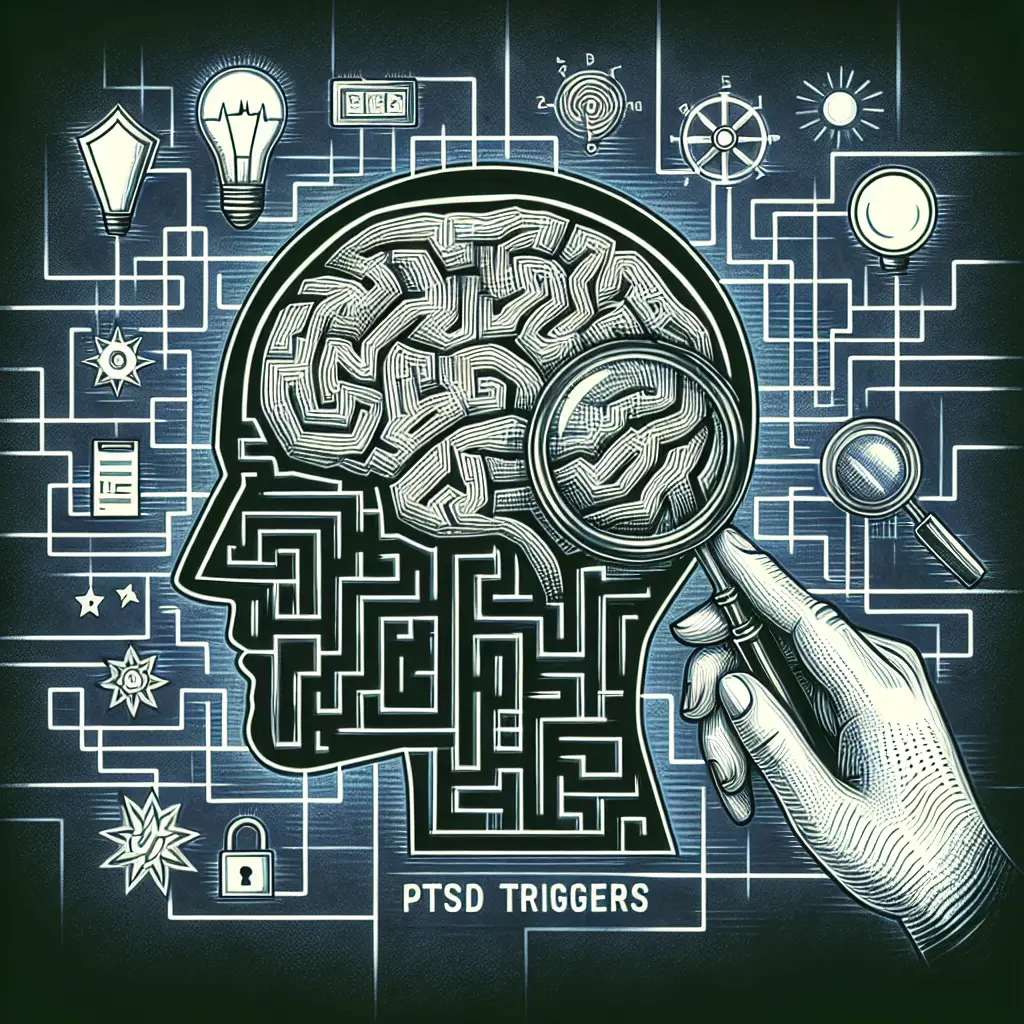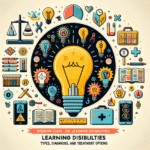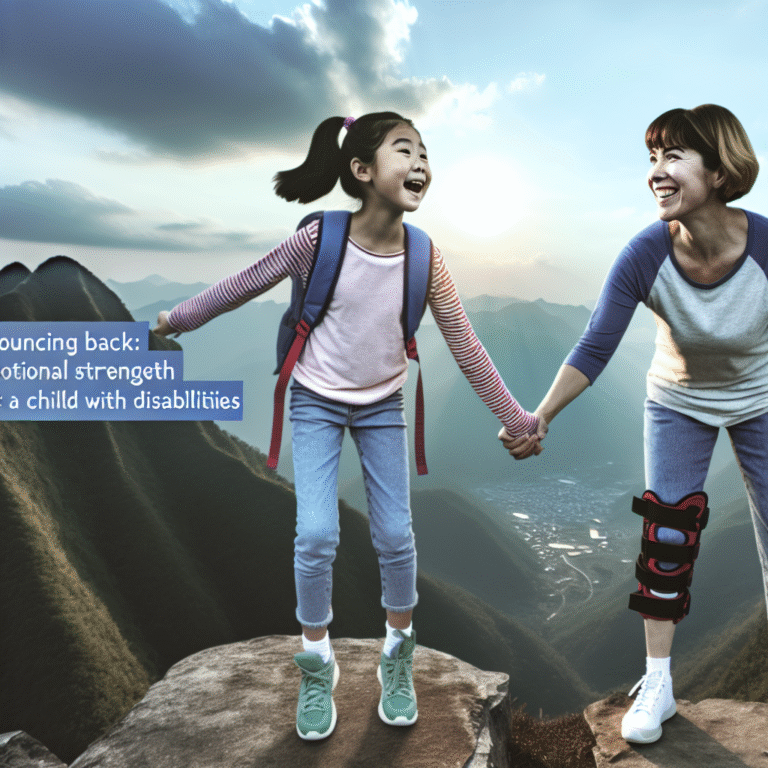
Unraveling the Mystery: A Deep Dive into PTSD Triggers

Deep Dive into PTSD Triggers
Every day, countless individuals find themselves grappling with the invisible weight of post-traumatic stress disorder (PTSD). Challenges often mark the journey from trauma to healing, yet understanding those challenges can unlock new pathways toward recovery. Unraveling the Mystery: A Deep Dive into PTSD Triggers offers critical insights into the psychological landscape, helping both those affected by PTSD and their loved ones make sense of this complex condition.
As our society becomes increasingly aware of mental health issues, understanding PTSD triggers becomes essential not only for those directly affected but also for anyone interested in fostering empathy and support. From commonplace stimuli to unexpected environmental cues, triggers can provoke intense emotional and physiological responses, leaving individuals adrift in a turbulent sea of memories.
In this article, we will explore the multifaceted nature of PTSD triggers, drawing on real-world examples, the latest research, and practical strategies for coping and recovery. We aim to empower readers with knowledge, compassion, and hope as we unravel these triggers’ mystery.
What is PTSD?
PTSD, or post-traumatic stress disorder, is a mental health condition that can develop after a person experiences or witnesses a traumatic event. Symptoms may include flashbacks, severe anxiety, nightmares, and uncontrollable thoughts about the event. Understanding the nature of PTSD is crucial as we delve deeper into its triggers.
Common Symptoms of PTSD
- Re-experiencing Symptoms: These may include flashbacks, nightmares, and intrusive thoughts related to the traumatic event.
- Avoidance Symptoms: Avoiding reminders of the trauma, whether they are people, places, thoughts, or activities.
- Negative Changes in Mood and Cognition: These can manifest as persistent negative feelings, a distorted sense of blame or guilt, or difficulty experiencing positive emotions.
- Arousal Symptoms: These include feeling tense, easily startled, and having trouble sleeping or concentrating.
Understanding Triggers
What Are Triggers?
Triggers are stimuli—be it a sound, sight, smell, or even a specific situation—that can provoke distressing memories and symptoms associated with PTSD. We can classify them into two main categories: internal triggers, originating from the individual’s thoughts and memories, and external triggers, originating from the environment.
Examples of Common Triggers
- Anniversaries of Traumatic Events: The date of a traumatic incident can elicit intense feelings and memories.
- Certain Places or Environments: Locations where trauma occurred can act as potent triggers.
- Sensory stimuli: Sounds, smells, or sights that remind individuals of the trauma can provoke strong reactions.
- Media: News coverage or films depicting violence or trauma may serve as triggers.
The Impact of PTSD Triggers: Case Studies
Case Study 1: Veteran Exposure to Combat Footage
Background: A 35-year-old combat veteran experiences flashbacks and anxiety when he encounters news coverage of military operations.
Analysis: In this instance, the trigger is the combination of visual and auditory stimuli that transport him back to combat situations he faced during deployment. Understanding this trigger enables the individual—and those around him—to develop coping mechanisms, such as grounding techniques and controlled exposure therapies.
Case Study 2: An Assault Survivor in Crowds
Background: A 28-year-old woman who survived an assault experiences heightened anxiety when in crowded places or confined spaces.
Analysis: For her, the proximity of others reminds her of the assault, causing a fight-or-flight response. Identifying crowds as a trigger allows for applying gradual desensitisation strategies, enabling her to regain a sense of safety in public environments.
Types of Triggers: A Closer Look
| Trigger Type | Description | Example |
|---|---|---|
| Visual | Specific images that evoke memories of trauma | Photos, videos |
| Auditory | Sounds reminiscent of traumatic events | Gunshots, screams |
| Olfactory | Smells that recall past experiences | Smoke, perfumes |
| Situational | Environments or situations similar to where trauma occurred | Crowded public spaces |
Coping Strategies for Managing Triggers
Recognising triggers is the first step in managing them. After identifying the stimuli, individuals can adopt several coping strategies to navigate their PTSD triggers more effectively.
1. Grounding Techniques
Grounding techniques can help individuals stay connected to the present moment and reduce anxiety. Techniques may include:
- 5-4-3-2-1 Rationale: Identifying five things you can see, four things you can touch, three things you can hear, two things you can smell, and one thing you can taste.
- Mindful Breathing: Focusing on breathing can help centre the mind.
2. Professional Therapy
Therapies such as Cognitive Behavioural Therapy (CBT) and Eye Movement Desensitisation and Reprocessing (EMDR) are effective in addressing PTSD symptoms and managing triggers.
3. Support Systems
Connecting with support groups or trusted friends and family can create an environment of understanding and safety. Open dialogue about triggers can foster empathy and support.
4. Avoidance and Exposure Techniques
While avoiding known triggers entirely may not be feasible, controlled exposure in a safe environment can assist in desensitization.
Cultivating Resilience Through Understanding
Unravelling the Mystery: A Deep Dive into PTSD Triggers shows that awareness is a powerful tool in managing PTSD. The acknowledgement of triggers enables individuals to become active participants in their healing journeys. Moreover, understanding the nature of these triggers fosters empathy within communities, dispelling stigma and misconceptions about PTSD.
The Role of Education
Community education programs that highlight the realities of PTSD and its triggers can pave the way for more supportive environments. By fostering understanding, we can build a more compassionate society that actively works to support those affected by PTSD.
Conclusion
As we conclude our exploration of PTSD triggers, it is essential to recognise that each journey is unique. Unravelling the Mystery: A Deep Dive into PTSD Triggers serves to empower not only those living with PTSD but also their friends, families, and communities.
Understanding triggers makes coping strategies accessible and healing journeys more manageable. By fostering open communication, compassion, and knowledge, we can collectively work towards a more understanding environment that encourages recovery from the invisible wounds of trauma.
Call to Action & Motivational Takeaway
If you or someone you know is struggling with PTSD, know that seeking help is a sign of strength. Engage with mental health professionals, join a support group, and educate yourself further on this condition. Finding hope is possible, and with the right tools, every individual can navigate their triggers towards a brighter, more hopeful tomorrow.
FAQs
Therapies like cognitive Behavioral Therapy (CBT), EMDR, and exposure therapies can be effective in addressing symptoms and managing triggers.
This in-depth exploration of Unraveling the Mystery: A Deep Dive into PTSD Triggers not only highlight the complexities of PTSD but also equips readers with practical tools for understanding and managing their experiences. By sharing knowledge, we can cultivate a more compassionate society, one where healing is possible and hope persists.













